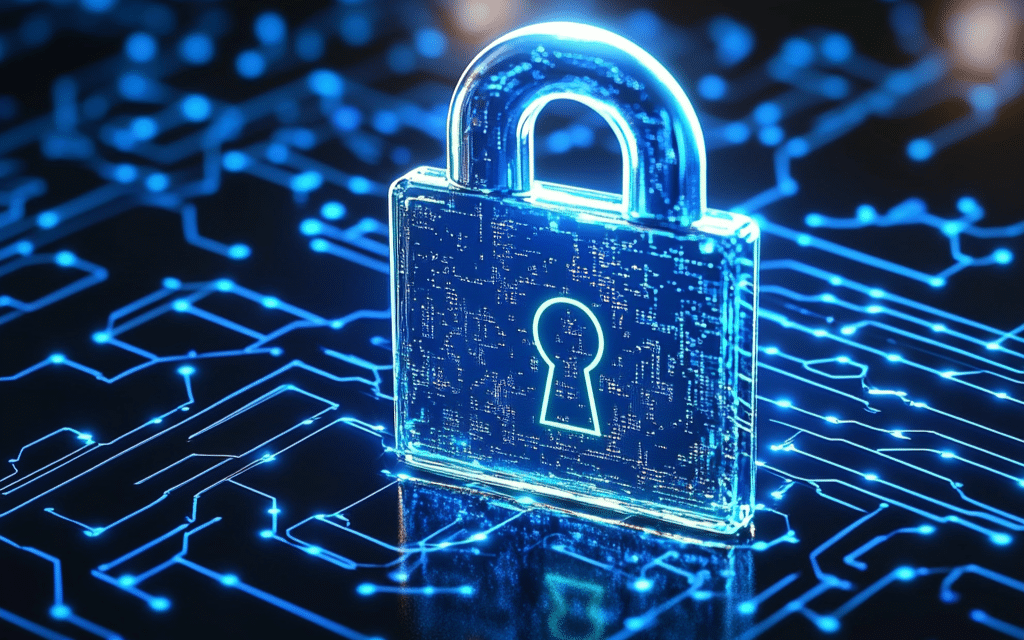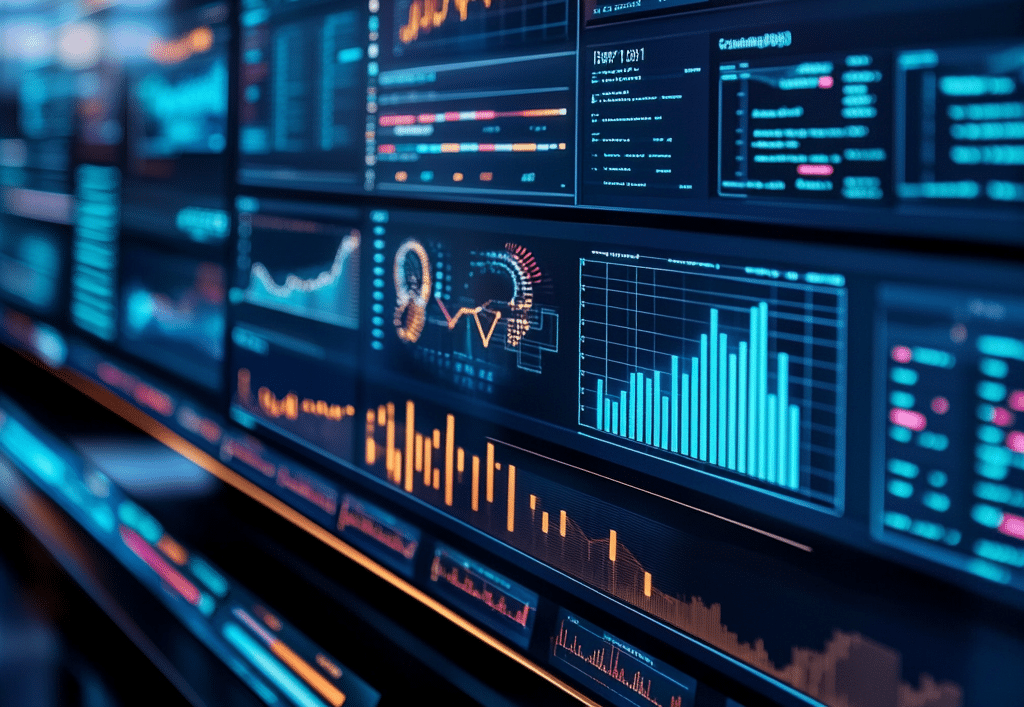Companies in every type of business, from outlet centers to health care facilities, are under constant risk from their cyber worlds. With more advanced cyberattacks occurring every day, firms must increase their defenses. The best way, perhaps, to accomplish that is SIEM security monitoring.
In this article, we will explain SIEM security monitoring in simple terms, describe the method behind the madness, and illustrate why it matters. We will also touch on how managed security monitoring, SIEM services, and security information and event monitoring SIEM platforms are tasked with protecting companies.
What Is SIEM Security Monitoring?
SIEM security monitoring refers to the continuous tracking, analysis, and management of security-related information across an organization’s systems and networks. SIEM stands for Security Information and Event Management. These systems gather data from multiple sources, organize it, and identify suspicious activities.
SIEM security monitoring combines:
- Security Information Management (SIM): Long-term storage, analysis, and reporting of log data.
- Security Event Management (SEM): Real-time monitoring, correlation, and notification of security events.
Together, they create a unified view of an organization’s security posture, enabling early detection of threats and faster response times.
How SIEM Security Monitoring Works
Data Collection
SIEM systems collect log data from various sources, including:
- Servers
- Firewalls
- Antivirus solutions
- Applications
- Cloud services
- Endpoint devices
For example, an outlet store’s SIEM system would gather data from its point-of-sale terminals, e-commerce platform, and internal network.
Normalization and Correlation
After data collection, SIEM software standardizes the data, blending different log forms into a uniform one. It makes it easy to analyze.
Then, the correlation rules are enforced. Correlation connects various kinds of events throughout the environment to identify possible threats. For instance, a login failure followed by a grant of access with privileges would be suspicious.
Alerting and Prioritization
In situations where patterns hint at danger, the SIEM system generates alert messages. Current SIEM systems avoid overwhelming security teams by rating alerts based on severity. Priorities are established such that the real dangers get addressed first.
For outlet stores, advanced indications of credit card skimming or data breaches can prevent severe financial loss and protect customer trust.
Reporting and Compliance
Many regulations require organizations to monitor their environments and maintain security logs. SIEM security monitoring automates much of the reporting process, helping businesses stay compliant with standards like PCI DSS, HIPAA, and GDPR.
Benefits of SIEM Security Monitoring
Faster Threat Detection
By collecting and analyzing data in real time, SIEM security monitoring shortens the time between when a threat enters the system and when it is detected.
This is particularly important for outlet stores, where rapid response can prevent unauthorized transactions and data theft.
Centralized Visibility
Without a SIEM platform, monitoring would be scattered across firewalls, antivirus programs, and individual devices. SIEM security monitoring consolidates all these sources, giving security teams a centralized dashboard.
This makes it easier to:
- Identify gaps in protection
- Investigate incidents
- Conduct audits
Improved Incident Response
Quick detection leads to quicker containment and recovery. SIEM systems often integrate with automated response solutions, allowing immediate actions like disabling compromised accounts or blocking malicious IP addresses.
Regulatory Compliance Support
As part of their normal operations, SIEM systems maintain audit logs and generate compliance reports. This significantly reduces the workload on security and compliance teams.
Outlet stores, for example, can rely on SIEM-generated reports to meet PCI DSS audit requirements, proving that they are securing customer payment data properly.
Why Managed SIEM Services Matter
For outlet stores and other small to mid-sized businesses, managed security monitoring SIEM services provide enterprise-level protection without the cost of maintaining a full-time, in-house team.
These services ensure:
- Threats are detected even during off-hours
- Incidents are addressed promptly
- SIEM platforms are maintained and optimized
This allows internal IT teams to focus on business operations while knowing that security is professionally handled.
Security Information and Event Monitoring SIEM: Core Features
When shopping around for different SIEM platforms, it is nice to know what makes up a strong security information and event monitoring SIEM solution.
Log Collection and Management
Good SIEM solutions gather and store logs from numerous devices and services. They must process large volumes of data without being interrupted.
Real-Time Analysis
SIEM systems are continuously analyzing incoming data, using correlation rules and machine learning to detect threats in real-time.
Threat Intelligence Integration
The majority of modern SIEM technologies incorporate external threat intelligence feeds. This allows the system to recognize known malicious IPs, URLs, and files.
Advanced Search and Forensics
Security administrators employ SIEMs to conduct forensic analysis. Searchable historical logs are necessary for understanding the timeline and the nature of security attacks.
In payment fraud-burdened outlet stores, searchable historical data is necessary to determine how and when breaches occurred.
Reporting and Dashboarding
Customizable, auto-generated reports and dashboards help security teams and business leaders stay informed regarding their security stance.
Challenges in SIEM Security Monitoring
While SIEM systems are powerful, they come with challenges that businesses must manage.
Alert Fatigue
SIEM platforms can generate a high number of alerts, many of which may not be serious. Without careful tuning, security teams can become overwhelmed and may miss real threats.
Complexity
Setting up and maintaining a SIEM system can be complex. It requires careful configuration of log sources, correlation rules, and response workflows.
Resource Requirements
Running an effective SIEM program requires trained personnel who understand cybersecurity, system administration, and data analysis.
Outlet stores without dedicated cybersecurity teams often rely on managed security monitoring and SIEM services to overcome these challenges.
Tips for Successful SIEM Security Monitoring
To maximize the value of your SIEM investment, consider these best practices:
- Prioritize your data sources: Focus on collecting logs from critical systems first.
- Customize correlation rules: Tailor detection rules to your specific environment.
- Regularly update and tune: Adjust rules and alerts as your business and threats evolve.
- Train your team: Make sure your IT or security staff understand how to work with your SIEM platform.
- Consider managed services: If resources are limited, managed security monitoring SIEM solutions can provide expert coverage.
Future Trends in SIEM Security Monitoring
SIEM technology continues to evolve. Some key trends include:
- AI and Machine Learning: New SIEM platforms use artificial intelligence to detect threats faster and reduce false positives.
- Cloud-Native SIEM: As businesses move to the cloud, cloud-native SIEM solutions are becoming more common.
- Extended Detection and Response (XDR): Integration with endpoint, network, and email security tools for broader threat detection.
- SOAR Integration: Automation of incident response actions to speed up containment and resolution.
Outlet stores and other businesses that invest in modern SIEM security monitoring can stay ahead of emerging threats.
Conclusion
SIEM security monitoring gives businesses an effective way for threat identification, swift action, and regulatory compliance. Whether you run an outlet store or you are a multi-national corporation, having better security information and event monitoring SIEM capabilities on your side has never been more of a necessity than today.
For small companies with limited funds, managed security monitoring SIEM services offer a cost-effective way of enjoying expert monitoring and rapid incident response.
By understanding the basics of SIEM security monitoring, how it works, and where the future is going, businesses can more effectively protect themselves and build stronger defenses against cyberattacks.
Cybersecurity is not a luxury anymore in today’s world. It is merely responsible business. SIEM security monitoring is leading that responsibility, with a reliable shield against the mounting threat landscape.


